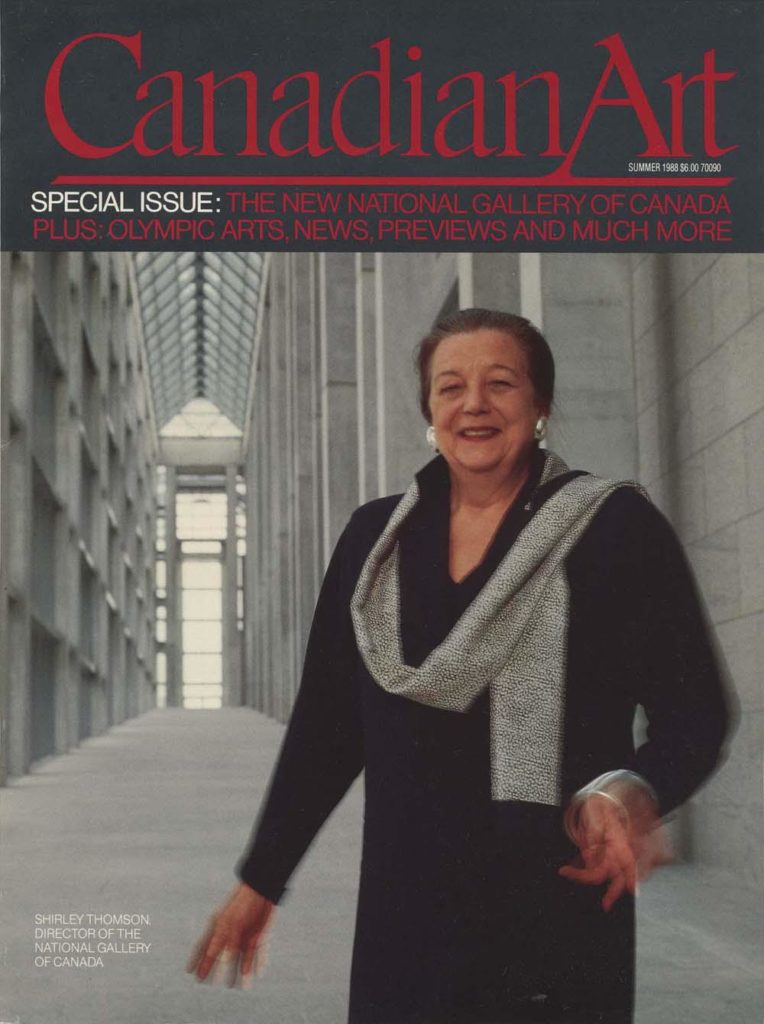Even in the best of times, the director’s job at the National Gallery of Canada has not been easy. The task has frustrated—if not overwhelmed—many previous directors. In the last seven years, four different people have filled the post. “It’s like walking on eggs,” Alan Jarvis used to say. He held the position from 1955 until 1959, when he resigned after suffering months of criticism by the newly elected Diefenbaker government for his ambitious acquisitions policy. Many say he was forced to quit by the prime minister, who at one point insisted on comparing the cost of a Pieter Bruegel painting Jarvis wanted for the gallery with the cost of cattle and bushels of wheat.
The Gallery relies totally on the federal government for its funding and as a result, the director has always needed to be highly political. The director must also be an administrator, capable fo leading and managing a staff of over 240, while at the same time be a diplomat, adept at public relations. The director must almost certainly be a Canadian citizen, be bilingual and have won the respect of his or her colleagues at the Gallery and other institutions across the country and around the world.
So begins our Summer 1988 cover story. To keep reading, view a PDF of the entire article.









